The recent referendum in Paris, which approved tripling parking fees for SUVs entering the city, is the latest in a string of actions across the European continent aimed at ushering in a new era of post-car urban living. But as automobiles increasingly leave the historic streets of cities like Copenhagen, Freiburg, and Paris, what comes next?
Enter Barcelona, the cosmopolitan capital city of Spain’s Catalonia region and home of the superblock, an innovative approach to urban planning.
The Barcelona superblock idea is simple: a three-block-by-three-block grid, separated by outer streets for vehicle traffic, with the interior reserved for pedestrians and public infrastructure like cafes, markets, and parks. In Barcelona, some cars can still traverse the interior streets of the superblock, however, they are limited to a speed of about 5-10 miles per hour and required to yield to pedestrians to facilitate a safer intermingling between man and vehicle.
Superblocks as an urban planning concept first emerged in Barcelona through the 1932 Plan Macià, a city planning design initiative envisioned by architects Josep Lluís Sert and Le Corbusier. Plan Macià proposed the demolition of existing buildings and radically different architecture and urban form and was never built. In 1958, Oriol Bohigas, the renowned architect and mastermind behind the 1992 Olympic Games, envisioned a different kind of superblock by combining nine blocks of the old city to mitigate growth and mobility needs.
Finally, in 1993, the Urban Ecology Agency of Barcelona introduced its first superblock in the El Born neighbourhood, a historic section of the city near the Basilica de Santa Maria del Mar. In the last five years alone, Barcelona has built six new superblocks and aims to establish a total of 21 by 2030.
Read the full article on CNU.
Recommended by Luisa Bravo



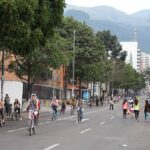


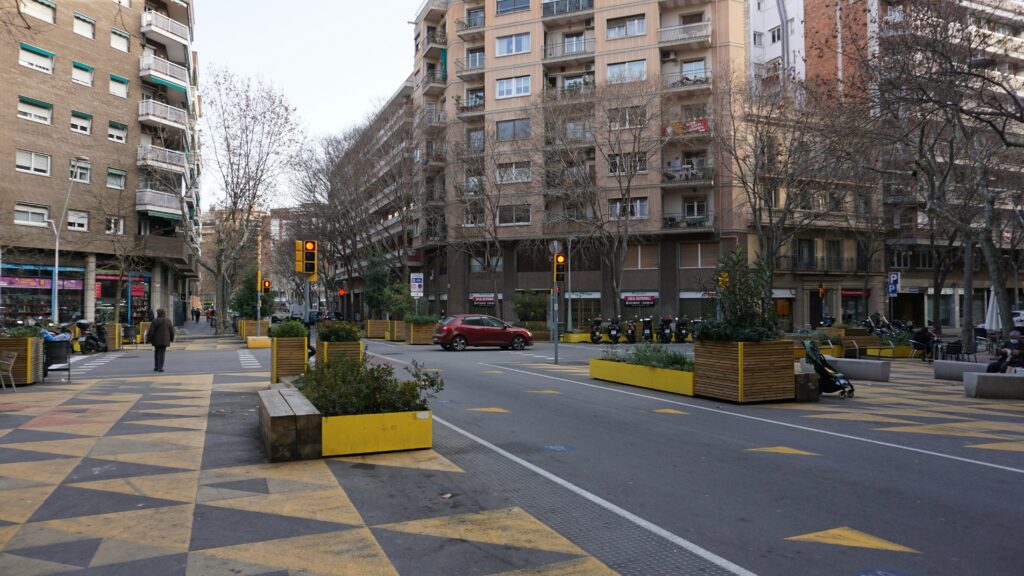

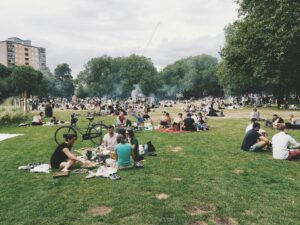
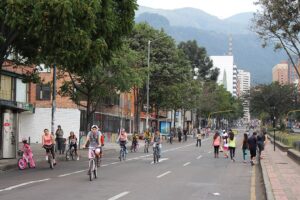
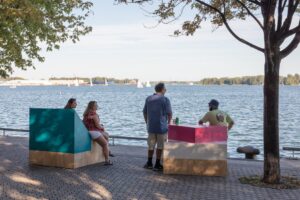
More Stories
Realm of Possibility: 15 Ways NYC is Improving Public Space for New Yorkers
Bogotá, the city that shuts out cars every week
A Space of Our Own